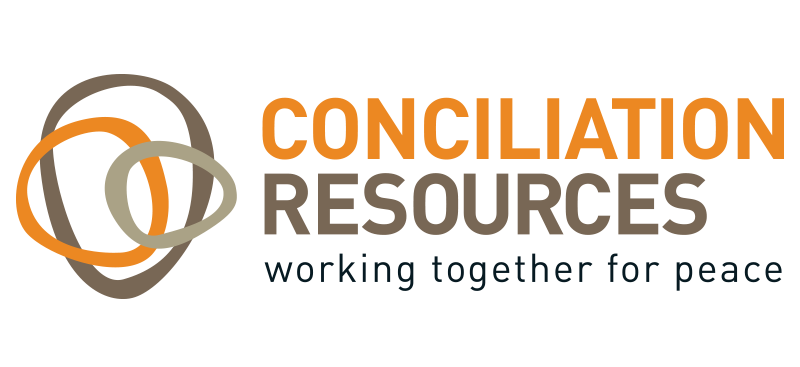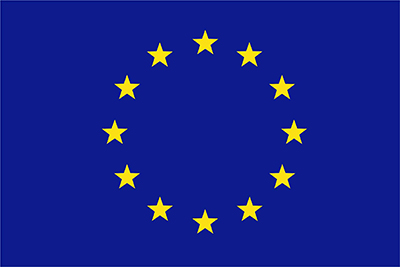© 2025. PHOTO: “PEACE DIALOGUE” NGO. AUTHOR: ELINA KHACHATRYAN
Peace Dialogue NGO convened a two-day foresight workshop in Dilijan on August 11–12, 2025, bringing together a diverse group of stakeholders to examine Armenia’s potential pathways through 2028. The workshop built on earlier closed-door scenario sessions organized by Peace Dialogue with Members of Parliament, government representatives, and a select circle of civil society organizations and experts. Those sessions produced four plausible strategic scenarios.
In Dilijan, participants scrutinized these scenarios in a larger setting to map implications for democracy, sovereignty, the economy, security, gender, society, and the environment, and to shape practical recommendations for decision-makers and stakeholders.

Opening the workshop, Peace Dialogue’s Head and Coordinator of the Armenian National Platform of the Eastern Partnership Civil Society Forum, Edgar Khachatryan, underlined the purpose:
“Our initiative aims to amplify civil society voices and foster ownership and leadership by civil society actors in the peace process, advancing multi-stakeholder dialogue, human rights, and democracy as core values of regional stability.”
In his welcome, Frank Hess—Head of the Cooperation Section at the EU Delegation to Armenia—thanked Peace Dialogue for convening a timely discussion and highlighted the European Union’s contribution to strengthening democracy and political, economic, and institutional stability in the region, drawing particular attention to the EU’s EU4Peace programme, which promotes and safeguards peace and stability and enhances cooperation in the area of freedom, security, and justice.

The project’s main partners—Conciliation Resources, represented by Anthony Foreman (Head of the South Caucasus Programme), and CMI – the Martti Ahtisaari Peace Foundation, represented by Hayk Toroyan (Regional Advisor and Coordinator for the South Caucasus)—also welcomed participants and outlined their organizations’ ongoing contributions to peacebuilding in the South Caucasus and, in particular, to the Armenia–Azerbaijan peace process.

Participants reviewed the methodology and the four scenarios before working in mixed groups to test assumptions, likelihoods, and key uncertainties. Importantly, the discussions incorporated the August 8, 2025 White House signing of a U.S.-brokered peace agreement between Armenia and Azerbaijan—including provisions to reopen key transportation routes and establish a U.S.-administered transit corridor linking Azerbaijan to Nakhchivan, informally referred to as the “Trump Route for International Peace and Prosperity”—allowing impacts, risks, and second-order effects to be examined against the most current context.
Over two days, 45 participants—including representatives of prominent Armenian civil society organizations, independent experts, and staff from international organizations and diplomatic missions active in Armenia—produced a focused set of recommendations for civil society actors, government institutions, and the international community. These insights, together with early-warning indicators and priority actions, will be synthesized into a forthcoming policy brief to be published by Peace Dialogue NGO and shared with stakeholders to inform public debate and practical next steps.


 “Our initiative aims to amplify civil society voices and foster ownership and leadership by civil society actors in the peace process, advancing multi-stakeholder dialogue, human rights, and democracy as core values of regional stability.”
“Our initiative aims to amplify civil society voices and foster ownership and leadership by civil society actors in the peace process, advancing multi-stakeholder dialogue, human rights, and democracy as core values of regional stability.”


